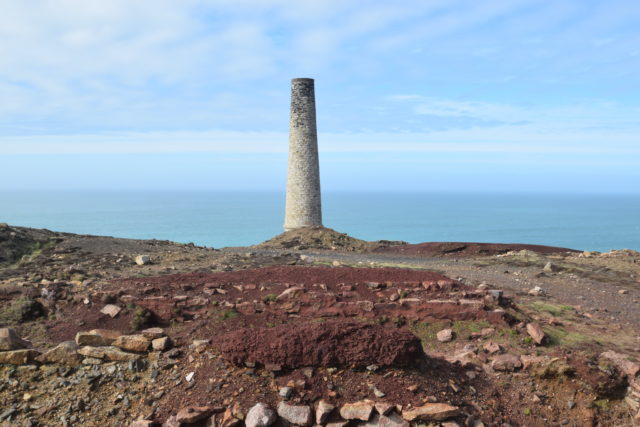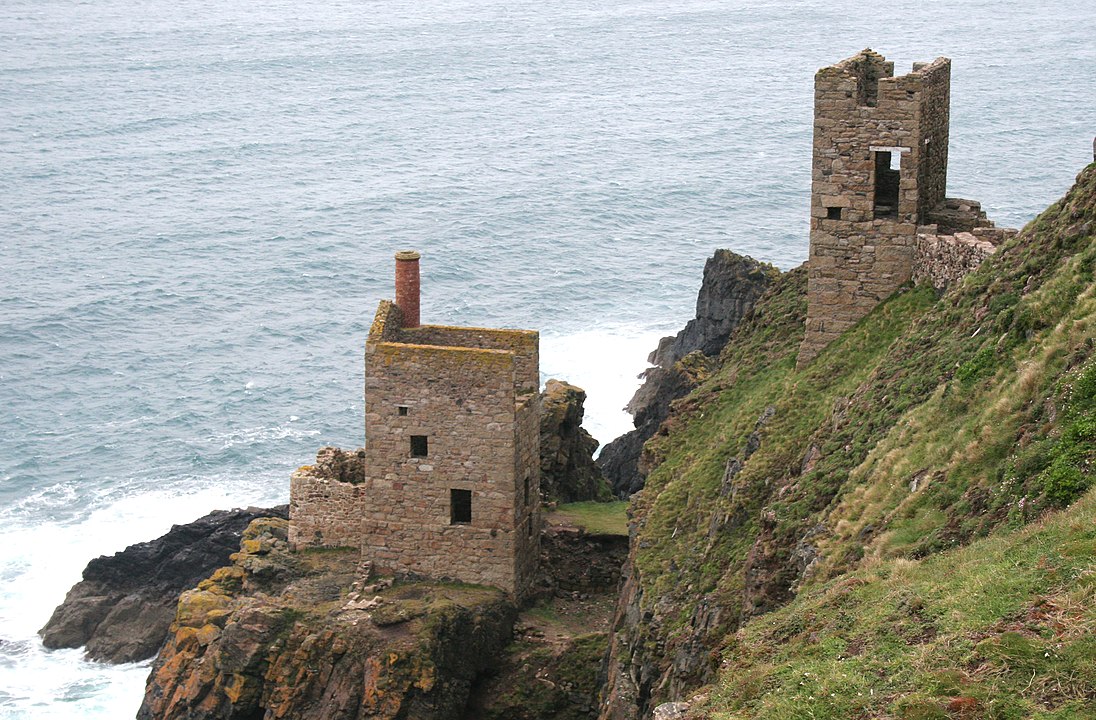Cornish Engine Houses: The mining industry in Cornwall, England, is more than 4,000 years old, having begun in the early Bronze Age. Tin and copper were the most commonly mined metals. However, Cornwall is best known for tin mining since mining for other metals swiftly became unprofitable.
The development of the mining industry in Cornwall peaked in the early 20th century. By that time, many engine houses had been built along the coastline in the countryside. Towards the end of the 19th century, the price of tin was adversely affected by new tin mines opening abroad.
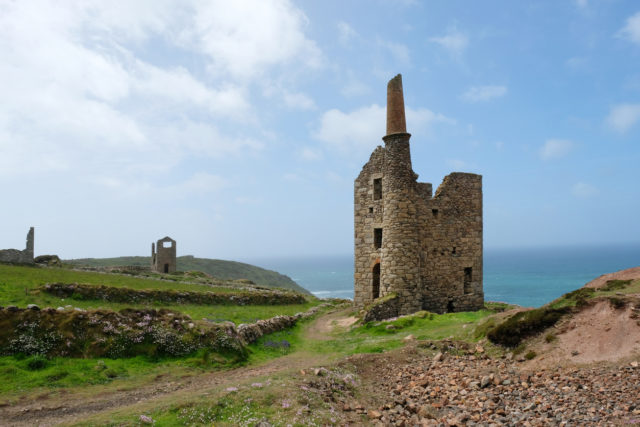
In addition, a fall in demand for tin in America resulted in many Cornish mines being forced to close over the following years. Cornish miners started to emigrate to places like South Africa, America, and Australia, where mining was big business.
In 2006, the Cornwall and West Devon Mining Landscape was accepted onto the World Heritage site list. The site covers approximately 20,000 hectares of Cornwall and west Devon, and all engine houses within that area are protected as well.
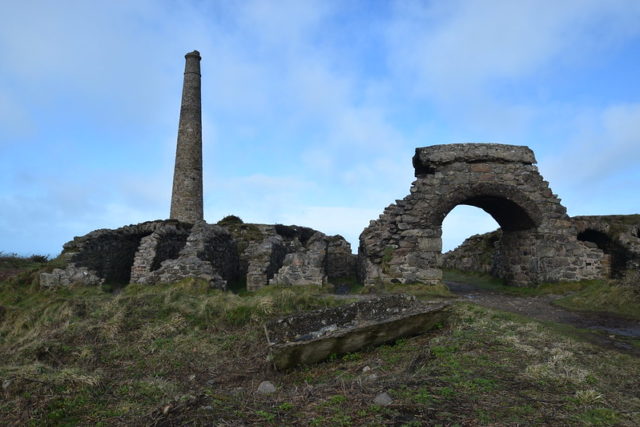
The Cornish Beam Engine
Many mining inventions came out of Cornwall during the Victorian era, such as the famous Cornish Beam Engine, invented in the 1830s. Since it was necessary for many Cornish mines to have workings well below the natural water table, the beam engine pumped floodwater from the mines, allowing access to greater depths.
In addition, such steam engines were also adapted to work as elevators, transporting workers and materials to different levels of the mine.
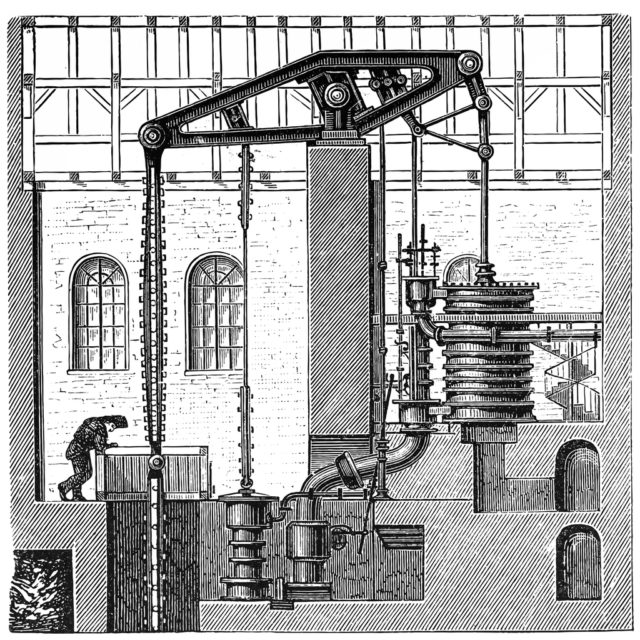
Beam engines had been used at mines before, but the new Cornish Beam Engine used steam at a higher pressure than its predecessors. It also burned coal more efficiently – an important feature since Cornwall has no natural coal and acquiring it was one of the main costs facing mine owners.
Cornish engine houses were the structures built to house these powerful engines. The architectural style of these buildings is strongly associated with the mining industry, and they often had a distinctive shape to enable them to house a working engine. Boiler houses, chimney stacks, and engine ponds were often built nearby.
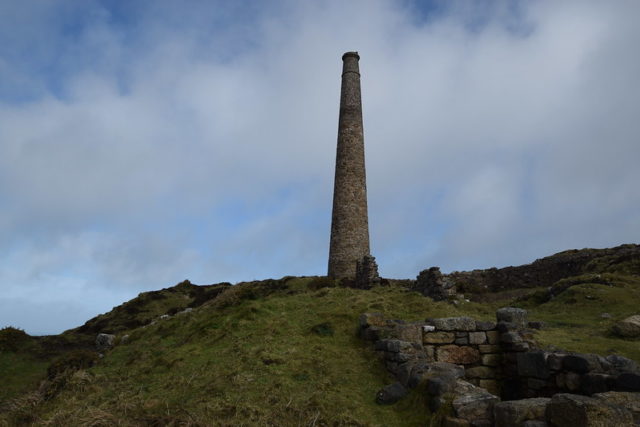
The engine houses were built from local stones that were either mined in quarries or taken from other engine houses that were no longer in use. Granite was used for the wall that would support the beam since that wall needed to withstand the weight of the beam (sometimes up to 50 tons) as well as the rocking motion of the engine.
The roofs were covered with slate, and bricks were brought in for chimneys, windows, and arches. The end result was a strong and durable structure. It is estimated that around 3,000 engine houses were built in Cornwall and west Devon, more than anywhere else in the world.
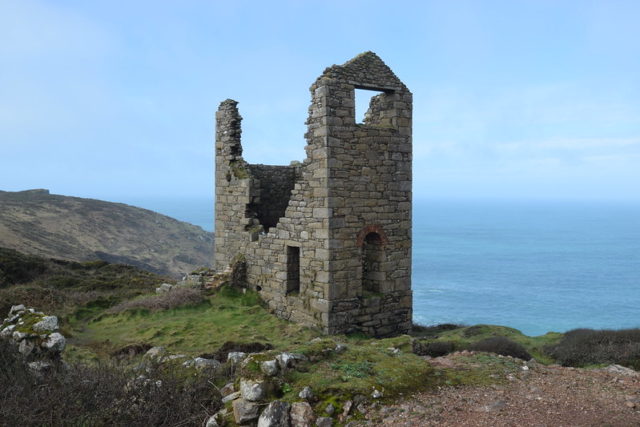
After the mines were closed, the associated Cornish Beam Engines were scrapped, so there aren’t many around today. Most of those that do exist are not in their original locations. For example, the largest collection of Cornish engines in the world can be found in the London Museum of Water and Steam.
The Kew Bridge Steam Museum in London houses the world’s largest Cornish Steam Engine. It was used to pump water to West London from 1846 onwards. It was capable of pumping 472 gallons of water in a single stroke.
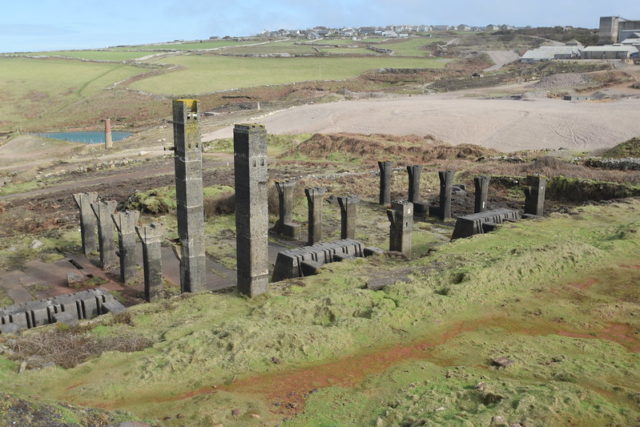
Botallack mine and Crown engine houses
Some of the most famous engine houses are to be found near Botallak village, positioned low on the edge of the cliff. Some archaeological research and records dating back to 1500 suggest that there were mining works here as far back as Roman times, possibly even in Bronze Age times too.
The two engine houses pictured were part of the Crown section of Botallack Mine. The associated mine shafts stretch about 400 meters (437 yards) under the Atlantic Ocean. Records indicate that there were once about 265 people employed at the mine.
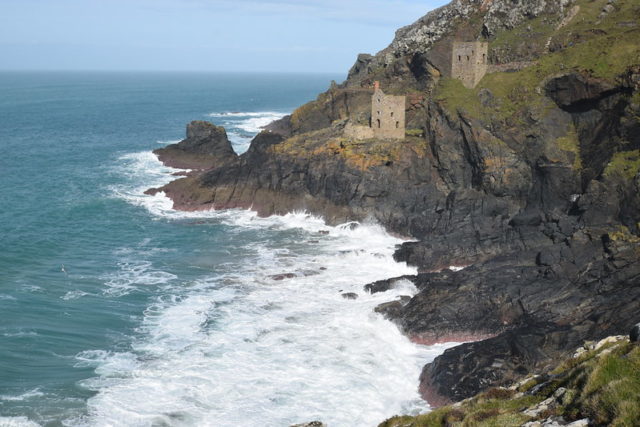
Falling market prices for tin and copper made it difficult for the mine owners to cover the costs of running the mine. Some of the engines ceased to operate in January 1883, and in October that year, the mine was put up for auction as a going concern. It received no bids, leading to its closure in 1895.
Today, these buildings are protected by the National Trust. Various scenes from the BBC adaptations of the Poldark novels (filmed in the 1970s and then again from 2014 onwards) were filmed in and around Botallak.
Levant mine
Only a short distance along the coast from Botallak is the Levant Mine. This mine opened in 1820 and the shafts reached a depth of about 600 meters (656 yards). To begin with, about 600 employees worked there, with the figure falling to 366 in 1833.
The closure of the mine happened after an accident in the fall of 1919. The engine that transported people between different levels suddenly failed, resulting in 31 fatalities. Subsequently, the engine was not replaced and the lower levels of the mine were abandoned.
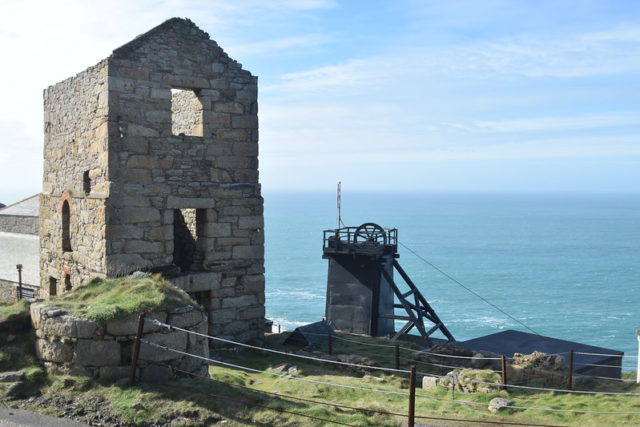
Levant Mine is notable today because it has the only working Cornish Beam Engine that is still operating on its original site. It was built in 1840 by John Harvey. Short underground tours are available for those interested in seeing the workings of a traditional mine, and there is also a visitor’s center on-site.
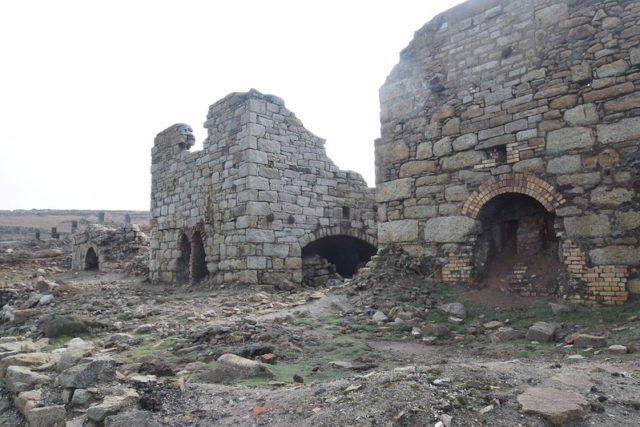
Wheal Owles mine
Wheal Owles mine was opened around 1830. Built on earlier workings, little ore was found at Wheal Owles to begin with. But when the mine workings were directed eastward, a large amount of tin was discovered, and the mine became profitable. At one time, about 500 people worked there, and the depth of the shafts reached about 400 meters (437 yards).
Even though approximately 100 tons of ore from this site was processed every month, the mine was losing money due to the low price of tin. In 1884, part of the mine was closed due to the diminished amount of ore.
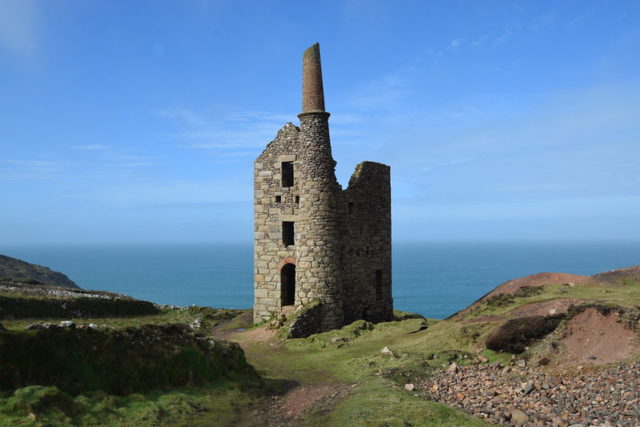
Disaster occurred in 1893 when the miners accidentally broke through into the neighboring Wheal Drea, which had been flooded. As a huge amount of water poured into Wheal Owles, all the lights were blown out and the men were forced to try and scramble up ladders in the darkness. Some of them were ripped away from the ladders by the strong currents, and tragically, 20 miners lost their lives that day.
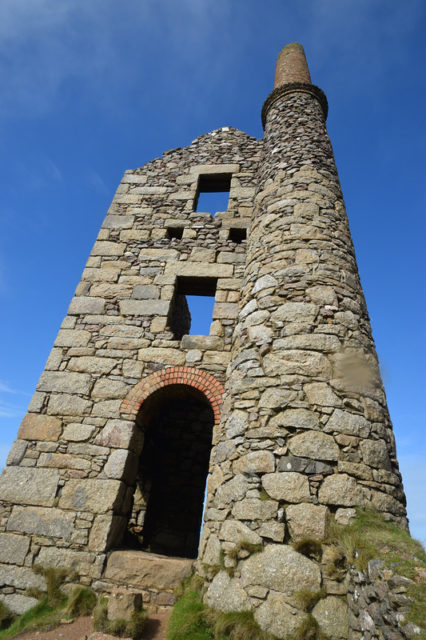
The photos of the abandoned Cornish mines and engine houses were taken by Newage, and a big thank you to him for allowing us to share them here. You should definitely check his Flickr account, where he publishes a lot of interesting photos of historical locations and aircraft.
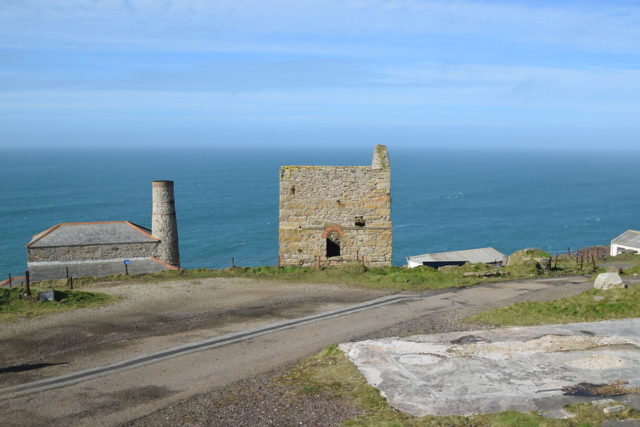
Another Article From Us: The Malbergbahn – Abandoned Funicular Railway
